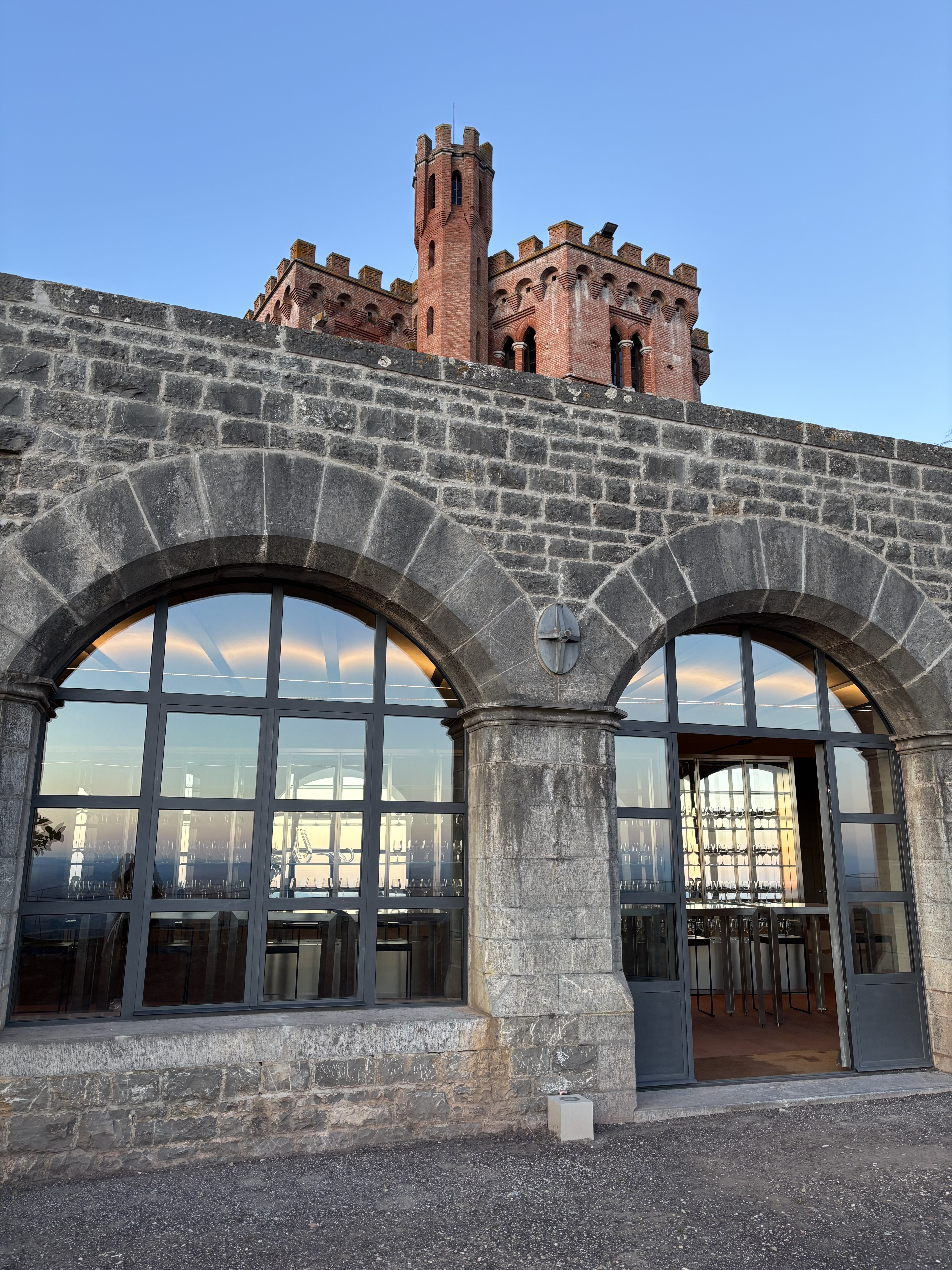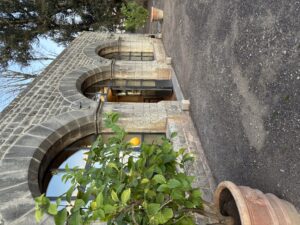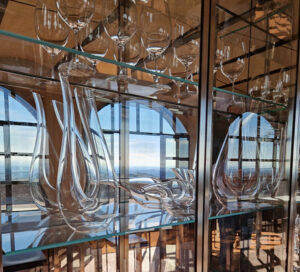
THE “LIMONAIA” OF BROLIO CASTLE
21 March, 2025An exclusive new space at Castello di Brolio, recently restored with a distinctive style, is now open to a privileged few: the Limonaia (Lemon House).
What the French nobility would call an Orangerie first emerged in Tuscan villas and castles, particularly those of Medici origin, before spreading to courts across Europe.
The tradition of growing lemons in terracotta pots was deeply rooted in Tuscany. With the rise of the Medici family in the 16th century, this practice expanded to the gardens and parks of noble estates throughout the region. Since citrus trees—originally from India—could not thrive in the open due to the climate, special structures were built to protect them from harsh winters. These masonry buildings featured large glass openings to capture sunlight and wide doors to accommodate the movement of often sizable pots. Wood-burning stoves kept the space warm in winter, while in summer, these spaces became lively gathering spots for aristocrats and their guests.
Filled with color and fragrance, these shelters housed the rarest and most exotic varieties of lemons, oranges, citrons, and bergamots—coveted collections that were a mark of prestige among Florence’s nobility.
The Limonaia has always been a place of charm and value, and it was with this spirit that the Ricasoli family undertook its restoration. The result is a uniquely designed space: intimate yet filled with light, featuring mirrors and steel that reflect and amplify the surrounding glow. With its expansive windows, the Limonaia seamlessly blends the breathtaking landscape outside with its interior in a mesmerizing play of reflections.
The Limonaia at Castello di Brolio will be an exclusive venue for tasting some of the most prestigious wines—from the Gran Selezione Chianti Classico to the Super Tuscans and hidden gems of the Ricasoli winery. But more than that, it is a place to experience the beauty of an ancient setting, reimagined with a modern touch.









